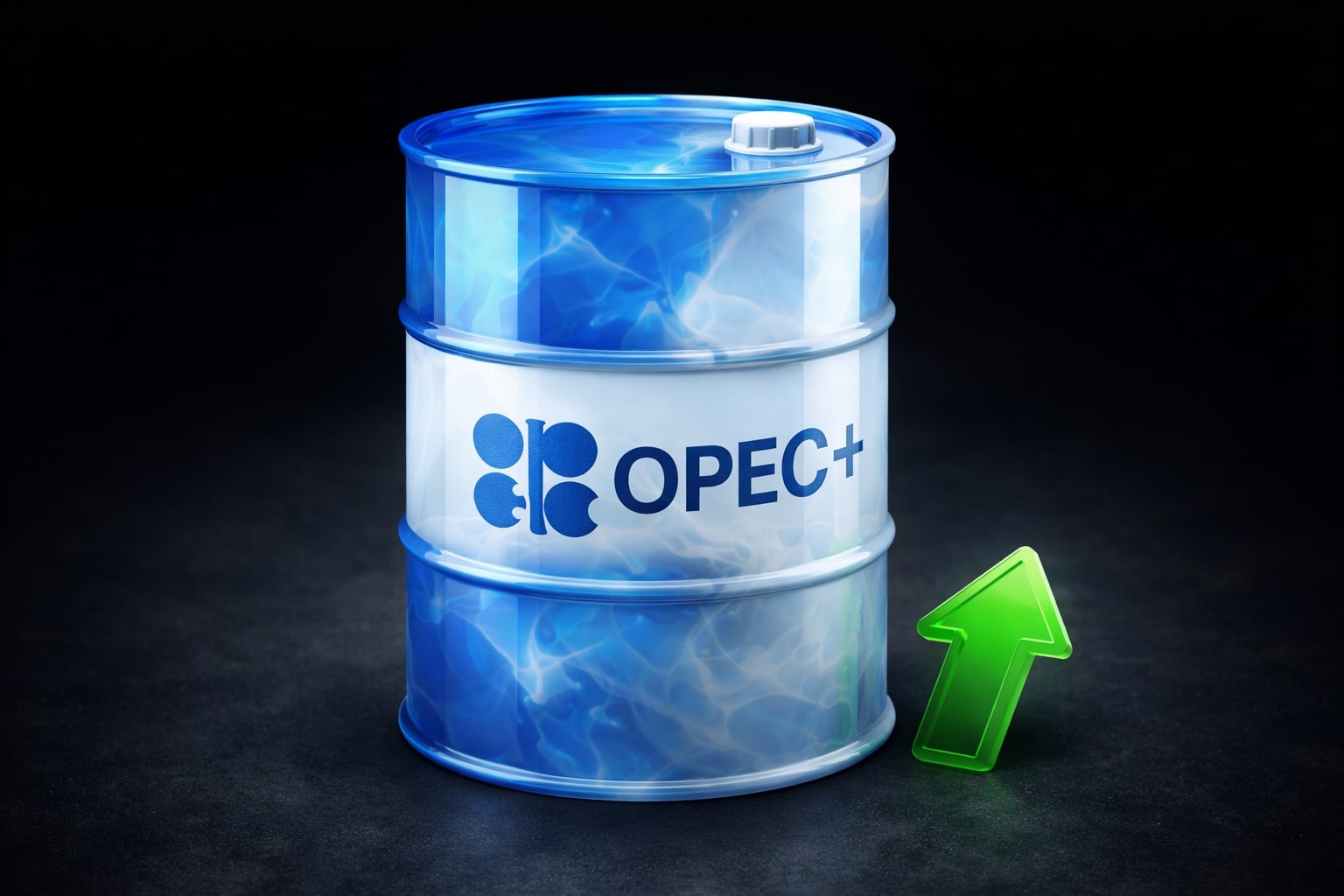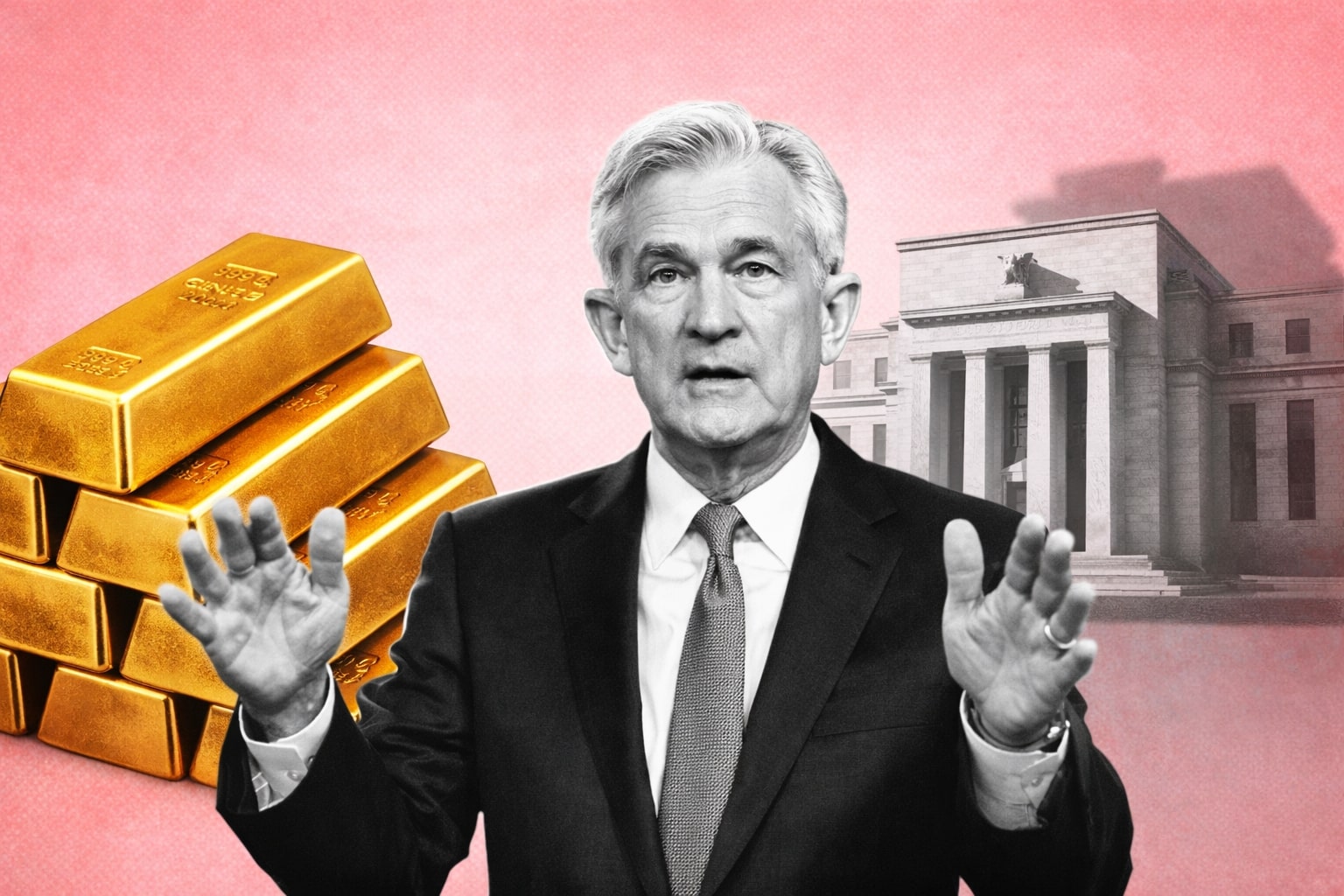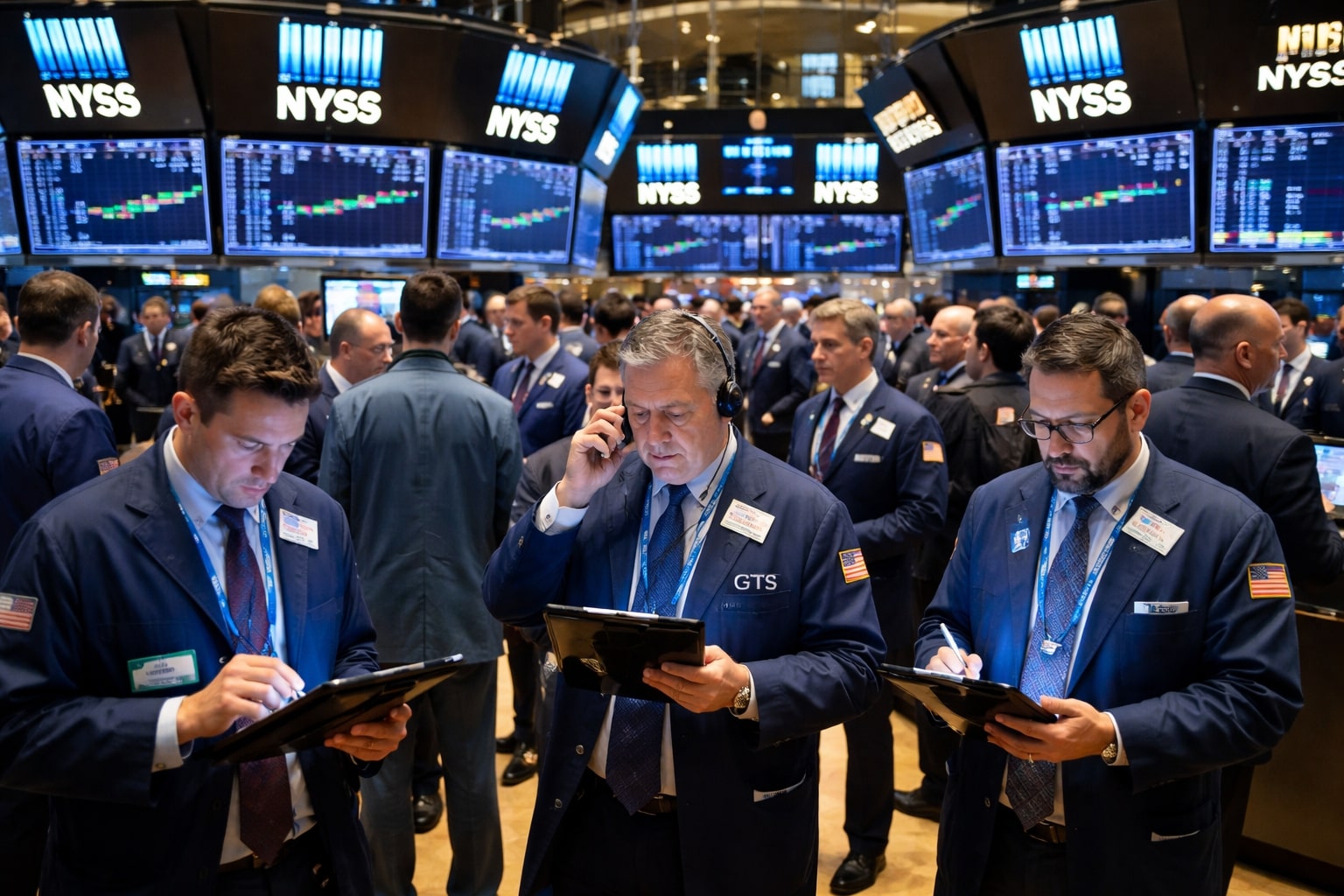Sinopec and TotalEnergies in Talks to Invest in Saudi Arabia's Massive Jafurah Gas Project
Chinese and French energy giants explore potential investments in $100 billion development, eyeing opportunities in gas exports
Chinese and French energy giants Sinopec and TotalEnergies are currently in separate discussions with Saudi Aramco to invest in the Jafurah development in Saudi Arabia, which is considered one of the world's largest untapped gas fields. These negotiations may include the construction of facilities for exporting liquefied natural gas (LNG). Saudi Aramco is looking to raise around $10 billion for these projects, with Jafurah being a crucial part of Saudi Arabia's strategy to diversify its exports beyond oil. The field is estimated to hold 200 trillion cubic feet of gas reserves, and Aramco anticipates production to start in 2025, reaching approximately 2 billion standard cubic feet per day of sales by 2030.
The ongoing conflict in Ukraine has driven a surge in demand for natural gas, especially from European countries that have traditionally sourced their supplies from Russia. As a result, Gulf states have embarked on ambitious plans to expand their gas output. In line with the country's long-term strategy, Saudi Aramco aims to increase gas production to free up nearly 1 million barrels per day of oil from domestic use, thereby enhancing export capacity.
The Jafurah project will be developed in phases, with the first phase expected to come onstream by 2025 and the second phase planned for 2027. Aramco is currently reaching out to private equity firms and other large funds that invest in infrastructure to offer stakes in assets such as carbon capture and storage projects, pipelines, and hydrogen plants. Investment bank Evercore Inc. is advising Aramco on these plans.
In November 2021, Aramco awarded multiple contracts worth $10 billion for the Jafurah gas plant and gas compression facilities, as well as infrastructure and related surface facilities. The company has announced an ambition to achieve net-zero greenhouse gas emissions on a Scope 1 and 2 basis across its wholly owned operating assets by 2050. Aramco's capital expenditure at Jafurah is expected to total $68 billion over the first 10 years of development, with over $100 billion in total overall life-cycle investment.
Saudi Arabia's Energy Minister Abdulaziz bin Salman al Saud has highlighted the country's plans to tap into its Jafurah gas reserves to produce hydrogen. Crown Prince Mohammed bin Salman has previously stated that the development of the field would provide a net income for the government of about $8.6 billion and contribute an estimated $20 billion annually to the nation's gross domestic product within 22 years from the beginning of its development.
The Jafurah field spans 170 kilometers in length and 100 kilometers in width, situated between Ghawar, the world's largest conventional onshore oilfield, and the Saudi coast. The vast reserves found in Jafurah also represent the largest liquids-rich shale gas play in the Middle East, according to Aramco.
Numerous leading international contracting giants are competing for the second development phase of Saudi Aramco’s Jafurah unconventional onshore gas project, with key packages worth upwards of $6 billion. Some of the international contractors likely to compete for Jafurah 2 packages include India’s Larsen & Toubro (L&T), South Korea’s Samsung Engineering, Daelim Industrial, Hyundai Engineering and Hyundai E&C, Italy’s Saipem, Japan’s JGC, and Spain’s Tecnicas Reunidas.
In addition to the development of the Jafurah field itself, Aramco is also considering the potential construction of LNG export terminals. While the company's CEO, Amin Nasser, has mulled using Jafurah to position itself as a major gas exporter, he has also suggested making use of existing pipelines to nearby countries rather
than constructing new ones. This approach would allow Saudi Aramco to capitalize on its strategic location and supply natural gas to neighboring countries more efficiently, while also reducing the overall cost and environmental impact of the project.
The development of the Jafurah field and potential LNG export facilities will likely have significant implications for the global natural gas market. As Saudi Arabia diversifies its economy and energy exports, it may be able to provide a more stable and secure supply of natural gas to countries that are seeking to reduce their reliance on Russian gas. This would be particularly beneficial for European countries that have been severely affected by the conflict in Ukraine and are eager to find alternative sources of energy.
Furthermore, the Jafurah project aligns with Saudi Arabia's broader Vision 2030 initiative, which aims to reduce the kingdom's dependence on oil revenues, diversify its economy, and promote sustainable development. The successful development of the Jafurah field and its associated infrastructure could serve as a model for other countries in the region looking to tap into their own unconventional gas resources.
While the Jafurah project has the potential to reshape the global natural gas landscape and bolster Saudi Arabia's position as a major energy exporter, there are still several challenges that need to be addressed. These include securing the necessary investments, navigating the complexities of the global energy market, and ensuring that the project is developed in an environmentally responsible manner. However, if these challenges can be overcome, the Jafurah field may emerge as a game-changer in the global energy market, providing a more diversified and stable source of natural gas to meet the world's growing energy demands.
Read More
-
Salesforce Stock Price Forecast - Why CRM Stock Around $238 Still Discounts Agentforce And 34% FCF
14.01.2026 · TradingNEWS ArchiveStocks
-
XRP Price Forecast - XRP-USD Holds Above $2 as Luxembourg EMI and CLARITY Act Cut Regulatory Risk
14.01.2026 · TradingNEWS ArchiveCrypto
-
Oil Price Forecast: WTI Oil Breaks Out Toward $62 as Brent Jumps Above $66 on Geopolitical Risk
14.01.2026 · TradingNEWS ArchiveCommodities
-
Stock Market Today - Dow Slides to 48,977 as BAC, WFC Sink and Gold Blasts to $4,621
14.01.2026 · TradingNEWS ArchiveMarkets
-
GBP/USD Price Forecast - Pound Holds 1.34–1.35 Band As Fed Independence Shock Offsets Strong US Numbers
14.01.2026 · TradingNEWS ArchiveForex



















